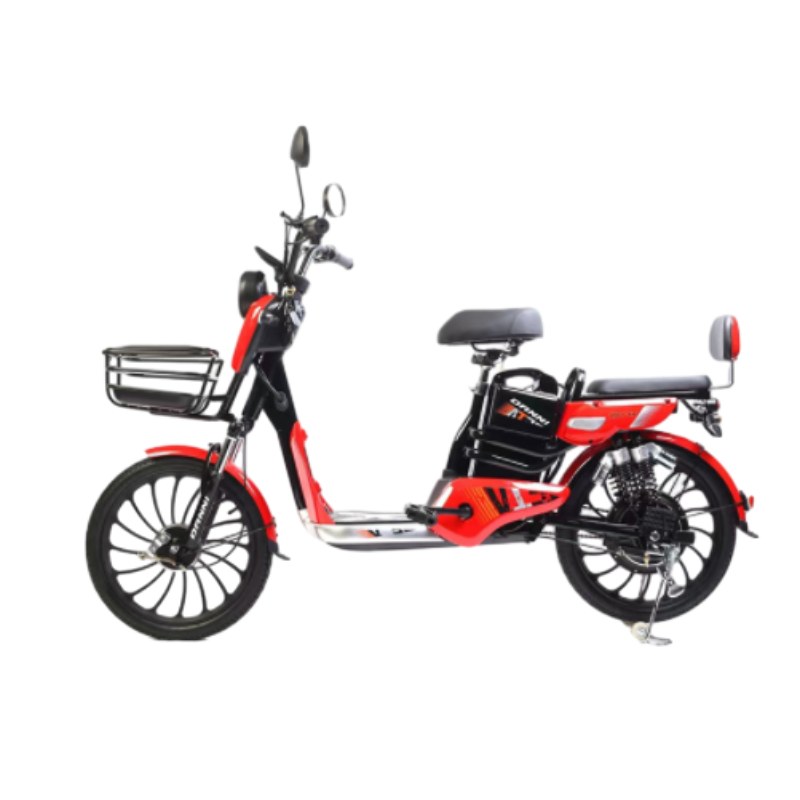
- Afrikaans
- Albanian
- Amharic
- Arabic
- Armenian
- Azerbaijani
- Basque
- Belarusian
- Bengali
- Bosnian
- Bulgarian
- Catalan
- Cebuano
- Corsican
- Croatian
- Czech
- Danish
- Dutch
- English
- Esperanto
- Estonian
- Finnish
- French
- Frisian
- Galician
- Georgian
- German
- Greek
- Gujarati
- Haitian Creole
- hausa
- hawaiian
- Hebrew
- Hindi
- Miao
- Hungarian
- Icelandic
- igbo
- Indonesian
- irish
- Italian
- Japanese
- Javanese
- Kannada
- kazakh
- Khmer
- Rwandese
- Korean
- Kurdish
- Kyrgyz
- Lao
- Latin
- Latvian
- Lithuanian
- Luxembourgish
- Macedonian
- Malgashi
- Malay
- Malayalam
- Maltese
- Maori
- Marathi
- Mongolian
- Myanmar
- Nepali
- Norwegian
- Norwegian
- Occitan
- Pashto
- Persian
- Polish
- Portuguese
- Punjabi
- Romanian
- Russian
- Samoan
- Scottish Gaelic
- Serbian
- Sesotho
- Shona
- Sindhi
- Sinhala
- Slovak
- Slovenian
- Somali
- Spanish
- Sundanese
- Swahili
- Swedish
- Tagalog
- Tajik
- Tamil
- Tatar
- Telugu
- Thai
- Turkish
- Turkmen
- Ukrainian
- Urdu
- Uighur
- Uzbek
- Vietnamese
- Welsh
- Bantu
- Yiddish
- Yoruba
- Zulu
Jul . 25, 2024 09:42 Back to list
How to Properly Adjust the Derailleur on Your Mountain Bike for Optimal Performance
Mountain Bike Derailleur Adjustment A Comprehensive Guide
Mountain biking is an exhilarating sport that combines adventure with a sense of achievement. A well-tuned bike can significantly enhance your riding experience, allowing you to navigate rugged terrains with ease. At the heart of this performance lies the derailleur system, a key component responsible for shifting gears smoothly. Proper adjustment of your mountain bike's derailleur is essential for optimal performance and can be done with patience and practice.
Understanding the Derailleur System
Before diving into adjustments, it’s important to understand what a derailleur does. Mountain bikes typically use either a front derailleur, which shifts the chain between chainrings, and a rear derailleur, which moves the chain across the cassette. The derailleur contains a mechanism that is pulled by the shifter to move the chain across gears. Proper alignment and tension are crucial for seamless shifting.
Tools Required
To adjust your derailleur, you'll need a few tools a multi-tool or a specific bike tool that includes a Phillips and hex screwdriver, a 5mm Allen key, and possibly some lubricant
. A clean rag and a bike stand can also make the process easier.Step-by-Step Adjustment
1. Preparation Start by ensuring your bike is clean. Dirt and debris can affect shifting performance. Shift through all your gears to test current operation and identify any shifting issues.
mountain bike derailleur adjustment

2. Limit Screws The first step is to adjust the limit screws. These screws prevent the derailleur from moving the chain over the gears it shouldn’t access. The two screws are usually marked as 'H' (high) and 'L' (low). To set the high limit, shift to the smallest chainring and the smallest rear cog. Adjust the 'H' screw so that the derailleur aligns perfectly with the cog, allowing the chain to move smoothly without overshifting.
3. Adjusting the Low Limit Next, shift to the largest rear cog while still in the smallest chainring, and adjust the 'L' screw. The derailleur should sit just above the large cog without touching it. Ensuring these limits are correct prevents the chain from falling off the derailleur’s capacity.
4. B-Tension Screw The B-tension screw optimizes the distance between the upper pulley of the derailleur and the cassette. Adjust this screw while the chain is on the largest chainring and the largest rear cog. The space should be around 5-6mm. This tuning affects how well the derailleur shifts under load, especially when climbing.
5. Cable Tension Eventually, you will need to check or adjust cable tension. When you shift gears, if your bike struggles to move to a higher gear, the cable might be too loose. Conversely, if it fails to shift down smoothly, the cable may be too tight. You can adjust this tension using the barrel adjuster located on the shifter or derailleur itself. Small turns can make a significant difference.
6. Final Adjustments and Testing Once you have made these adjustments, it's essential to test the bike under real conditions. Ride it through various gears to ensure smooth shifting and make any additional tweaks as necessary. Remember, adjustments are about finding the right balance.
Conclusion
Adjusting your mountain bike derailleur may seem daunting at first, but with practice, it becomes a manageable task that can extend the life of your bike and enhance your riding experience. Regular maintenance and tuning will keep your bike in top shape for those thrilling mountain trails ahead! Whether you’re preparing for a casual ride or gearing up for a challenging trail, a well-adjusted derailleur is vital for optimal performance. Happy riding!
-
The Ultimate Kids' Four-Wheeler Experience
NewsJul.09,2025
-
The Ultimate Guide to Mountain Bikes: Gear Up for Your Ride
NewsJul.09,2025
-
The New Age of Cycling: Electric Bikes for Every Rider
NewsJul.09,2025
-
The Best Kids Bicycles: Ride in Style and Safety
NewsJul.09,2025
-
The Best 3-Wheel Scooters for Kids: Fun, Safety, and Adventure
NewsJul.09,2025
-
Revolutionize Your Ride: Affordable Electric Bikes
NewsJul.09,2025
-
Finding the Perfect Mountain Bike for Every Rider
NewsJul.09,2025



